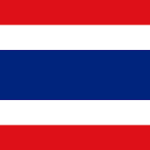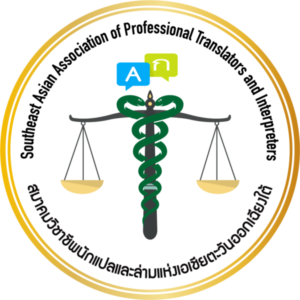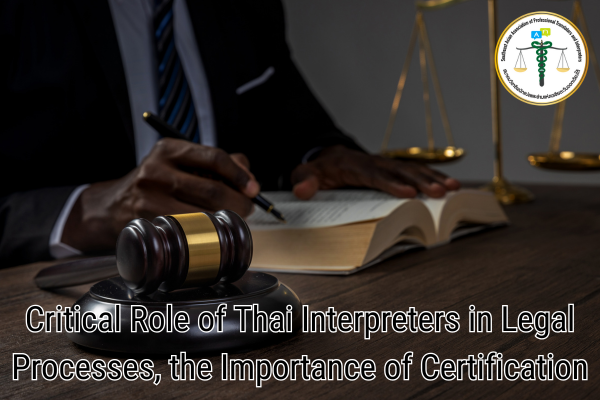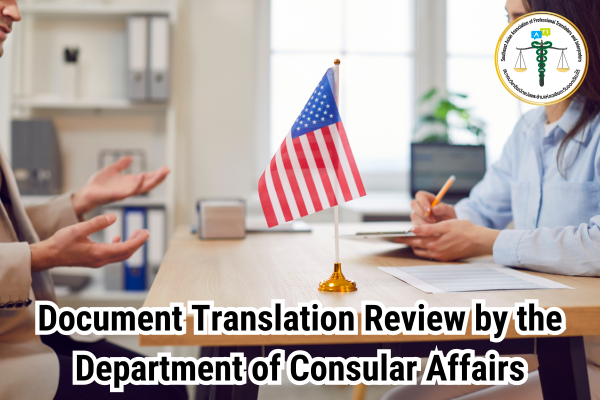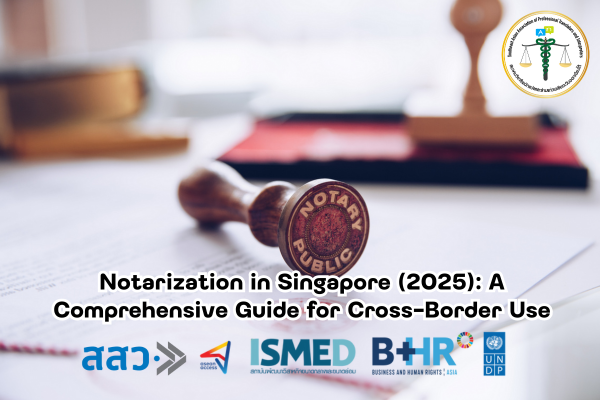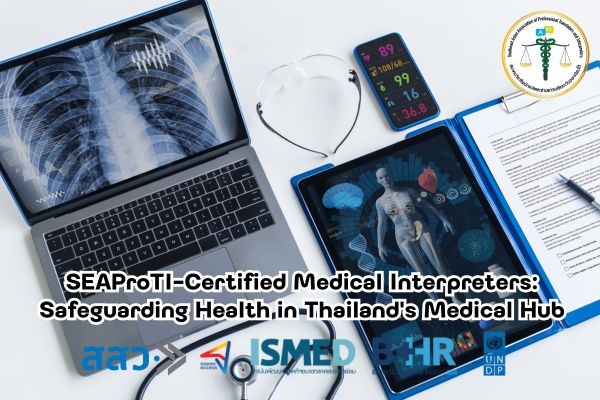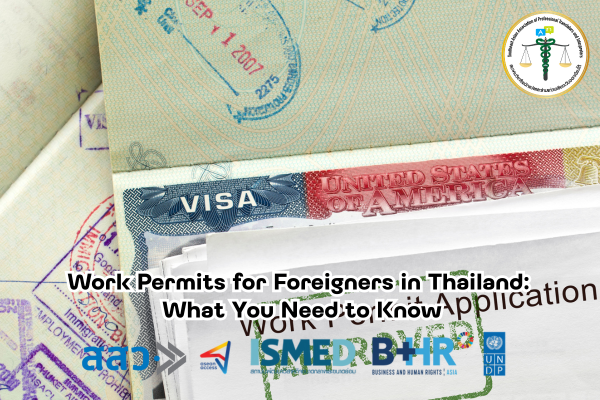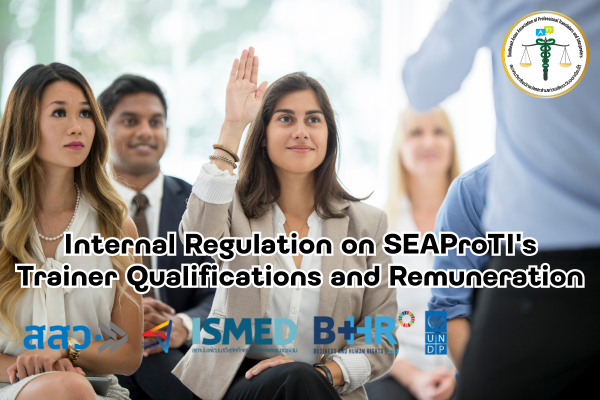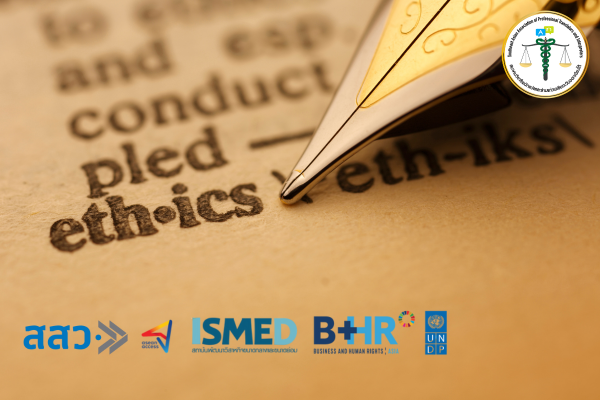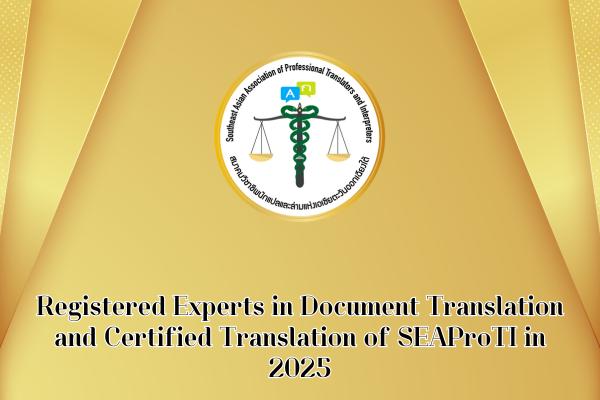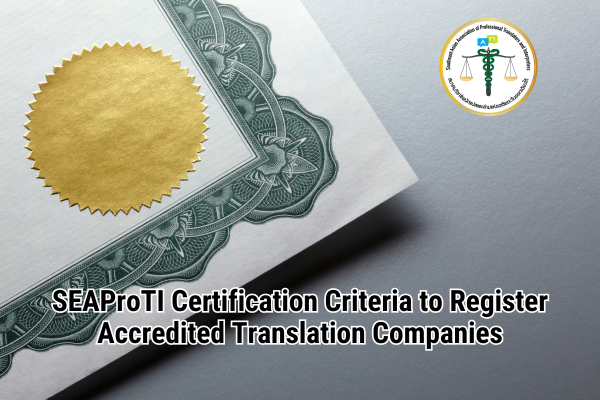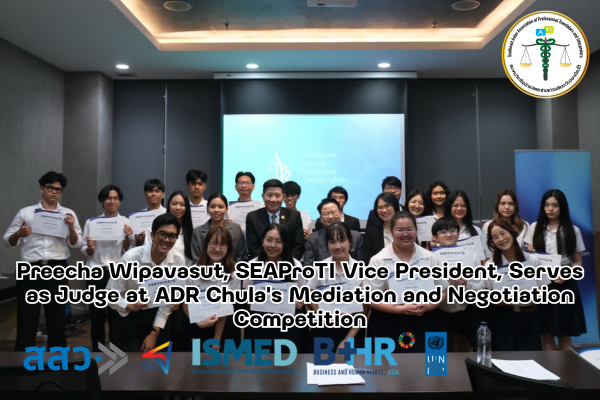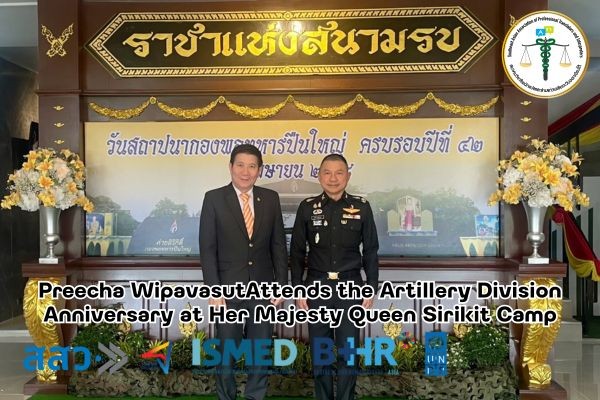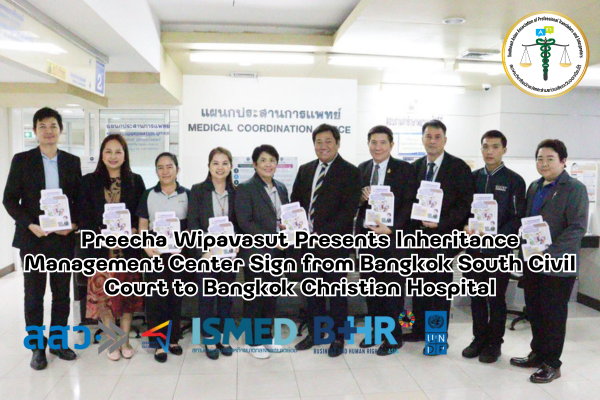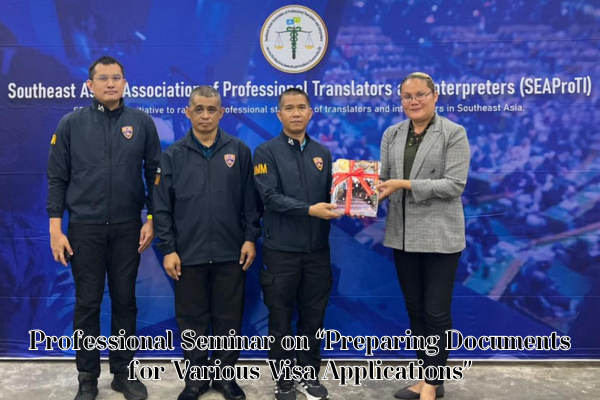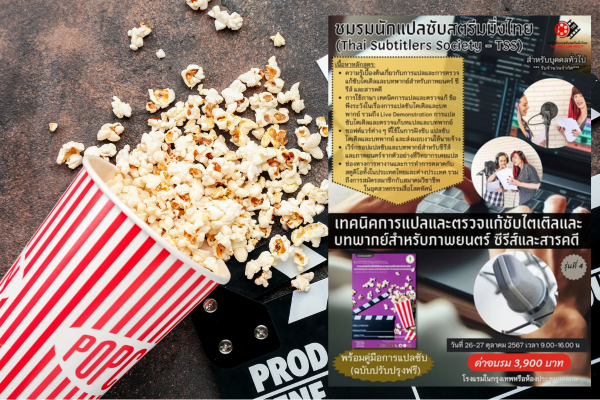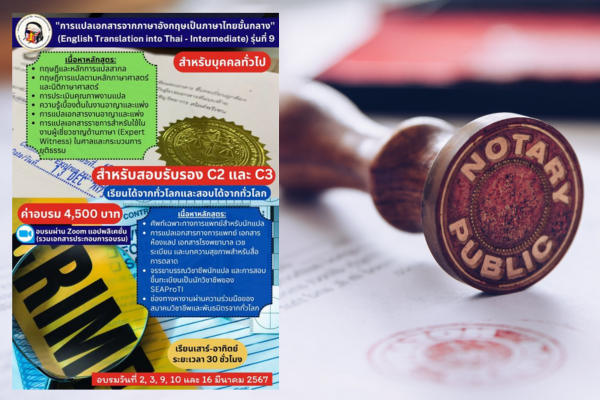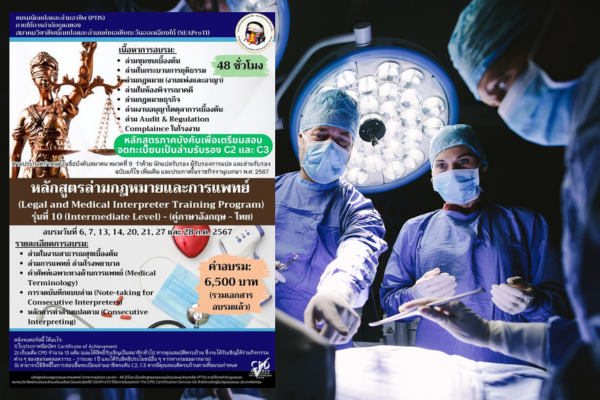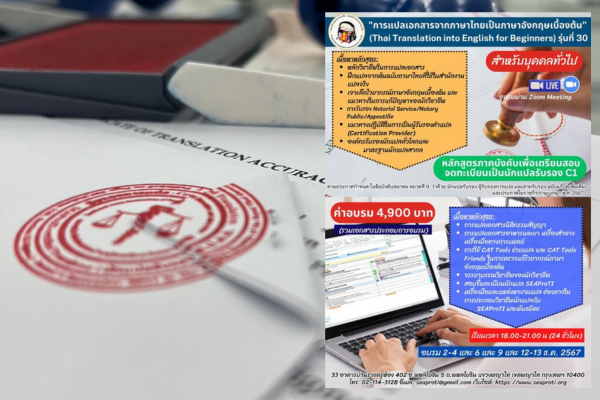Debunking 5 Common Myths in Contract Drafting: Legal Misconceptions That Need to End
15 April 2025, Bangkok – Contract drafting is a critical process in managing business and legal relationships. Misunderstandings surrounding this process can lead to unnecessary disputes or render contracts less effective. This article analyzes five persistent myths about contract drafting, using data from research studies and real-world case examples to promote a clearer understanding among legal professionals, businesspeople, and stakeholders.
1. Myth: A good contract must be written in complex legal jargon
Reality:
Contracts written in plain language often perform better in court because the terms are clearly understood by all parties. A 2019 study found that contracts written at an 8th-grade reading level resulted in 90% fewer disputes than those written at a postgraduate level.
2. Myth: Verbal agreements are not legally binding
Reality:
In many jurisdictions, verbal agreements are fully enforceable for most types of transactions. The primary issue is not legal validity but rather the difficulty in proving what was agreed upon.
3. Myth: The longer the contract, the safer it is
Reality:
Length is not a guarantee of quality or protection. Overly long contracts often introduce ambiguity, redundancy, or legal loopholes. For example, Amazon’s service agreements—at just 4,800 words—have fewer disputes than typical enterprise contracts exceeding 15,000 words.
Clarity and precision matter more than length.
4. Myth: Boilerplate language is always safe to use
Reality:
Standard clauses can be risky when copied without review or customization. In 2021, one company lost $7.5 million after relying on a boilerplate force majeure clause that failed to include pandemic-related events—just before the COVID-19 crisis hit.
5. Myth: A signed contract cannot be modified
Reality:
Contracts can be amended at any time, provided all parties consent. This is typically done through a written addendum, dated and signed by all parties. Industry data shows that 68% of business contracts undergo at least one formal amendment during their lifecycle.
Conclusion
Understanding the realities of contract drafting is essential—not just for legal accuracy but also for preserving trust between parties. In a world where business dynamics are constantly evolving, the ability to draft clear, flexible, and enforceable contracts is a vital skill across all professions.
Dispelling these myths is the first step toward reducing legal disputes and promoting contracts that are transparent, effective, and fair to all parties.
SEAProTI’s certified translators, translation certification providers, and certified interpreters:
The Southeast Asian Association of Professional Translators and Interpreters (SEAProTI) has officially announced the criteria and qualifications for individuals to register as “Certified Translators,” “Translation Certification Providers,” and “Certified Interpreters” under the association’s regulations. These guidelines are detailed in Sections 9 and 10 of the Royal Thai Government Gazette, issued by the Secretariat of the Cabinet under the Office of the Prime Minister of the Kingdom of Thailand, dated July 25, 2024, Volume 141, Part 66 Ng, Page 100.
To read the full publication, visit: the Royal Thai Government Gazette
เจาะลึก 5 ความเชื่อผิด ๆ เกี่ยวกับการร่างสัญญา: มายาคติทางกฎหมายที่ควรเลิกเชื่อ
15 เมษายน 2568, กรุงเทพมหานคร – การร่างสัญญาเป็นกระบวนการสำคัญในการจัดการความสัมพันธ์ทางธุรกิจและกฎหมาย การเข้าใจผิดเกี่ยวกับกระบวนการนี้อาจนำไปสู่ข้อพิพาทที่ไม่จำเป็น หรือทำให้สัญญาขาดประสิทธิภาพทางกฎหมาย ในบทความนี้ เราจะวิเคราะห์ 5 มายาคติสำคัญเกี่ยวกับการร่างสัญญา พร้อมข้อเท็จจริงที่สนับสนุนโดยข้อมูลจากงานวิจัยและกรณีศึกษาในระดับสากล เพื่อส่งเสริมความเข้าใจที่ถูกต้องในหมู่นักกฎหมาย นักธุรกิจ และผู้มีส่วนเกี่ยวข้อง
1. มายาคติ: สัญญาที่ดีต้องใช้ภาษากฎหมายซับซ้อนเท่านั้น
ข้อเท็จจริง:
สัญญาที่ใช้ภาษาธรรมดา (Plain Language Contract) มักได้รับการตีความและบังคับใช้ในศาลได้ดีกว่า เพราะคู่สัญญาทุกฝ่ายเข้าใจตรงกันชัดเจน งานวิจัยในปี 2019 พบว่า สัญญาที่เขียนในระดับการอ่านชั้นมัธยมศึกษาตอนต้น มีข้อพิพาททางกฎหมาย น้อยลงถึง 90% เมื่อเทียบกับสัญญาที่ใช้ระดับภาษาระดับบัณฑิตศึกษา
2. มายาคติ: สัญญาด้วยวาจาไม่มีผลผูกพันตามกฎหมาย
ข้อเท็จจริง:
ในหลายเขตอำนาจศาล สัญญาด้วยวาจา มีผลผูกพันทางกฎหมาย อย่างสมบูรณ์สำหรับธุรกรรมทั่วไป แม้จะไม่มีลายลักษณ์อักษร ปัญหาส่วนใหญ่ไม่ได้อยู่ที่ความถูกต้องตามกฎหมาย แต่อยู่ที่ ความยากในการพิสูจน์ข้อเท็จจริง ว่าตกลงกันไว้อย่างไร
3. มายาคติ: ยิ่งสัญญายาว ยิ่งปลอดภัย
ข้อเท็จจริง:
ความยาวของสัญญาไม่ใช่ตัวชี้วัดคุณภาพหรือความปลอดภัยเสมอไป สัญญาที่ยืดยาวอาจสร้างความกำกวม ซ้ำซ้อน หรือเปิดช่องให้เกิดช่องโหว่ทางกฎหมาย ตัวอย่างเช่น สัญญาบริการของ Amazon ที่มีความยาวเพียง 4,800 คำ กลับมีข้อพิพาท น้อยกว่าสัญญาองค์กรทั่วไป ที่มีความยาวมากกว่า 15,000 คำ ความแม่นยำของถ้อยคำ สำคัญกว่าความยาว
4. มายาคติ: ภาษาแม่แบบ (Boilerplate) ใช้ได้เสมอโดยไม่ต้องปรับแก้
ข้อเท็จจริง:
ภาษาแม่แบบมาตรฐานไม่ได้ปลอดภัยเสมอไป โดยเฉพาะหากถูกนำมาใช้โดยไม่มีการปรับให้เหมาะกับบริบทของสัญญา ในปี 2021 มีกรณีบริษัทหนึ่งสูญเสียเงินกว่า 7.5 ล้านดอลลาร์สหรัฐ เพราะใช้ข้อสัญญา Force Majeure ที่คัดลอกจากที่อื่น โดยไม่ได้รวม “เหตุการณ์โรคระบาด” ส่งผลให้ไม่สามารถอ้างความไม่รับผิดชอบได้เมื่อเกิดโควิด-19
5. มายาคติ: เมื่อเซ็นแล้ว สัญญาแก้ไขไม่ได้
ข้อเท็จจริง:
สัญญาสามารถ แก้ไขเพิ่มเติม ได้ตลอดเวลา หากคู่สัญญาทุกฝ่ายตกลงร่วมกัน โดยต้องมีการจัดทำ “ภาคผนวก” หรือ “เอกสารแนบท้าย” ที่มีวันที่ และลงนามรับรองโดยทุกฝ่าย ข้อมูลจากอุตสาหกรรมพบว่า 68% ของสัญญาทางธุรกิจมีการแก้ไขอย่างน้อยหนึ่งครั้ง ตลอดอายุของสัญญานั้น
บทสรุป
การเข้าใจข้อเท็จจริงเกี่ยวกับการร่างและบริหารสัญญาเป็นสิ่งจำเป็น ไม่เพียงเพื่อลดข้อผิดพลาดทางกฎหมาย แต่ยังช่วยส่งเสริมความสัมพันธ์อันดีระหว่างคู่สัญญา ในยุคที่การทำธุรกิจเปลี่ยนแปลงอย่างรวดเร็ว ความสามารถในการร่างสัญญาอย่างรัดกุม ชัดเจน และยืดหยุ่น จึงถือเป็นทักษะสำคัญของนักวิชาชีพทุกสายงาน
การเลิกเชื่อ “มายาคติ” เหล่านี้ อาจเป็นก้าวแรกในการป้องกันข้อพิพาทที่ไม่จำเป็น และส่งเสริมการทำสัญญาที่โปร่งใส มีประสิทธิภาพ และยุติธรรมสำหรับทุกฝ่าย
เกี่ยวกับนักแปลรับรอง ผู้รับรองการแปล และล่ามรับรองของสมาคมวิชาชีพนักแปลและล่ามแห่งเอเชียตะวันออกเฉียงใต้
สมาคมวิชาชีพนักแปลและล่ามแห่งเอเชียตะวันออกเฉียงใต้ (SEAProTI) ได้ประกาศหลักเกณฑ์และคุณสมบัติผู้ที่ขึ้นทะเบียนเป็น “นักแปลรับรอง (Certified Translators) และผู้รับรองการแปล (Translation Certification Providers) และล่ามรับรอง (Certified Interpreters)” ของสมาคม หมวดที่ 9 และหมวดที่ 10 ในราชกิจจานุเบกษา ของสำนักเลขาธิการคณะรัฐมนตรี ในสำนักนายกรัฐมนตรี แห่งราชอาณาจักรไทย ลงวันที่ 25 ก.ค. 2567 เล่มที่ 141 ตอนที่ 66 ง หน้า 100 อ่านฉบับเต็มได้ที่: นักแปลรับรอง ผู้รับรองการแปล และล่ามรับรอง
